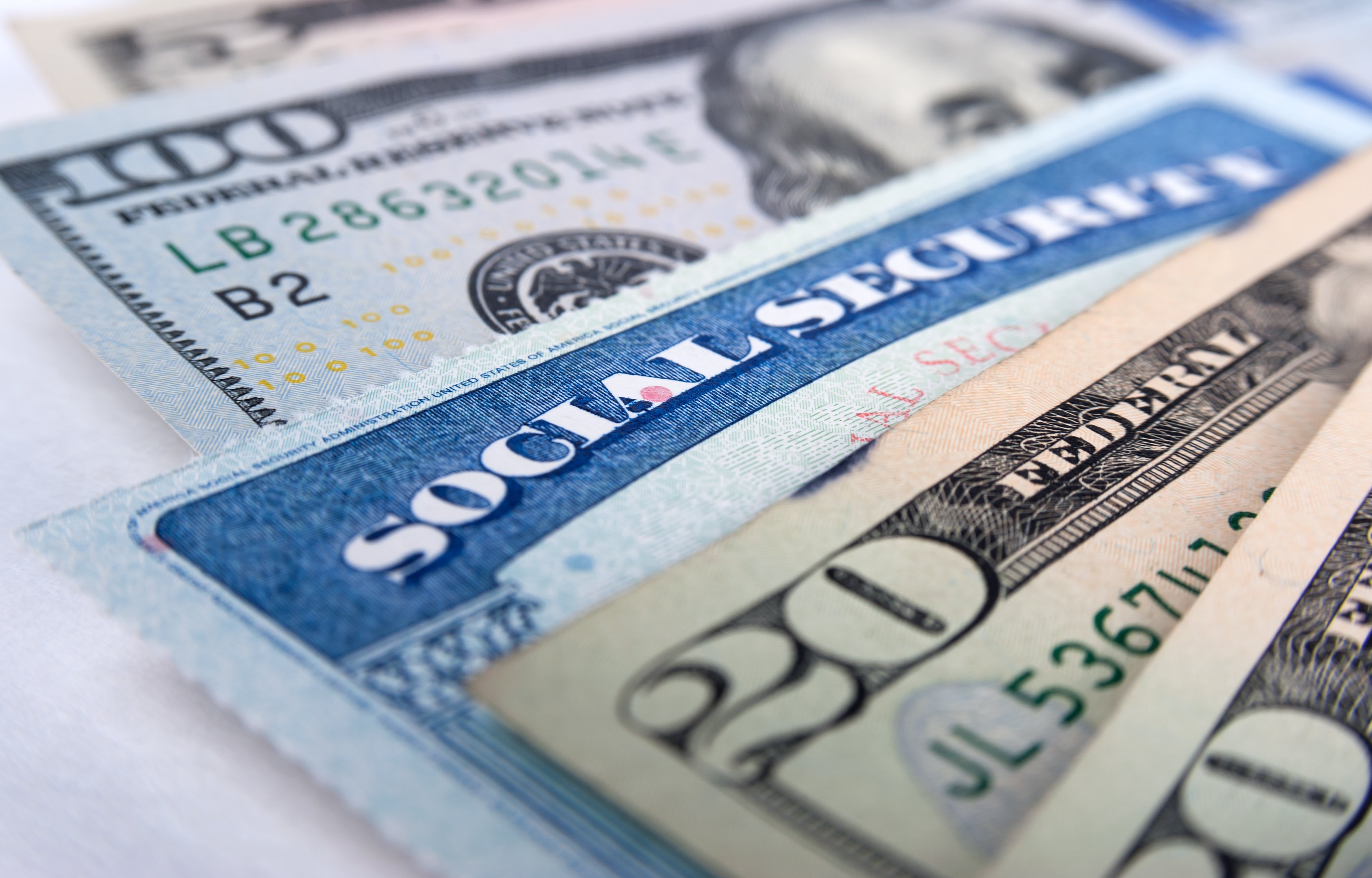
Source: iStock photos.
Most Americans are woefully underprepared for retirement, with the typical American reporting retirement account savings balances of under $60,000. If you have access to a workplace retirement plan (usually a defined contribution, or DC, plan like a 401(k) or 403(b)), thank your lucky stars -- because you're already better off than 45% of American workers aged 25-64.
But don't break out the champagne yet. According to a new survey by SEI (link opens PDF), 84% of DC plan sponsors (aka employers) are "not very confident their plan's participants will have the needed amount of income to retire at retirement age."
When even your employer doesn't think you're going to have enough money to retire on time, well, that's not exactly a good sign.
Unfortunately, they (mostly) blame you.
"Well, it's not my problem"
One of the key benefits of your 401(k) is that it probably offers an employer match. This is free money (on average, about 2.7% of your salary) that your company will pay in to the plan to "match" some portion of your retirement contributions. One of the examples I usually see is an employer matching 50% of a participant's contributions, up to 6%. So if the participant "maxes out" the employer match by putting 6% of their salary into their 401(k), the employer puts in 3%.
When asked how the expected retirement shortfall should be made up, 87% of employers said that participants should contribute more. Only 20% said that they should offer a bigger match... and a full 85% said that a match increase in the next 12 months was unlikely.
When it comes to adding savings, you're on your own.
The quick 401(k) checklist
Everyone's circumstances are different, of course... but here are three easy things you can do to get that 401(k) (and hopefully your retirement) on track.
First off, get that employer match. It's free money you're leaving on the table if you aren't maxing out your contributions. If you're one of the roughly 12% of eligible employees not participating in your 401(k), start as soon as possible -- because every paycheck you delay is money you're missing out on. Let's say you make $50,000 a year and your company offers a 50% match up to 6% of your salary. If you aren't participating, that means you're missing out on $1,500 in free company money annually (or over $100 a month).
Put raises to work in your 401(k). Many of us (yours truly included) have a tendency to spend up to the money we bring in. You have the cash, so you spend it. And when you bring in more money, you learn to spend up to that amount too. (Purchases you'd been putting off don't seem so distant when you've got more cash burning a hole in your pocket.) But there's a simple way to hop off the hedonic treadmill -- by making sure you never see your next raise. So when you get a 10% raise, calculate out the extra cash that means for you... and increase your 401(k) contribution by that amount. You were already used to your older salary, so you'll stay used to that level of spending -- and you'll also be saving more money.
If you have 12 minutes, you have enough time to review your 401(k) fund expense ratios. These are the fees your funds charge you for the privilege of investing in them. The numbers look small – 0.5%, 1.3%, 1.7% -- but can actually add up to a very big difference over time. In fact, I've calculated that a 1.3 percentage point annual difference in fees could make a $60,000 or more difference in your retirement savings. All without you having to actually save an extra dime. Chances are good that you could use an extra $60,000 -- I know I could. And while you're at it, check the five and 10-year returns on your index funds. (An online search should give you everything you need to know.) It's a good idea to make sure that they're at least close to matching the market's returns.
Consider this
If you save 6% of a $50,000 annual paycheck each year, plus a 3% employer match, and get 7% investment gains after inflation (which is near the stock market's historical average), your 401(k) would be worth over $450,000 after 30 years. That's assuming your employer never pays you a dime more than $50,000 a year -- so you never get a raise or even a cost-of-living bump. Which is probably a wee bit conservative. Pretend instead that you get one 10% raise -- just one -- five years into your 30-year career. If you put every penny of that into your 401(k) -- aka save another $5,000 a year -- that bumps the 401(k) balance at year 30 to over $800,000.
Small changes now can make a big difference. Let's get started.





